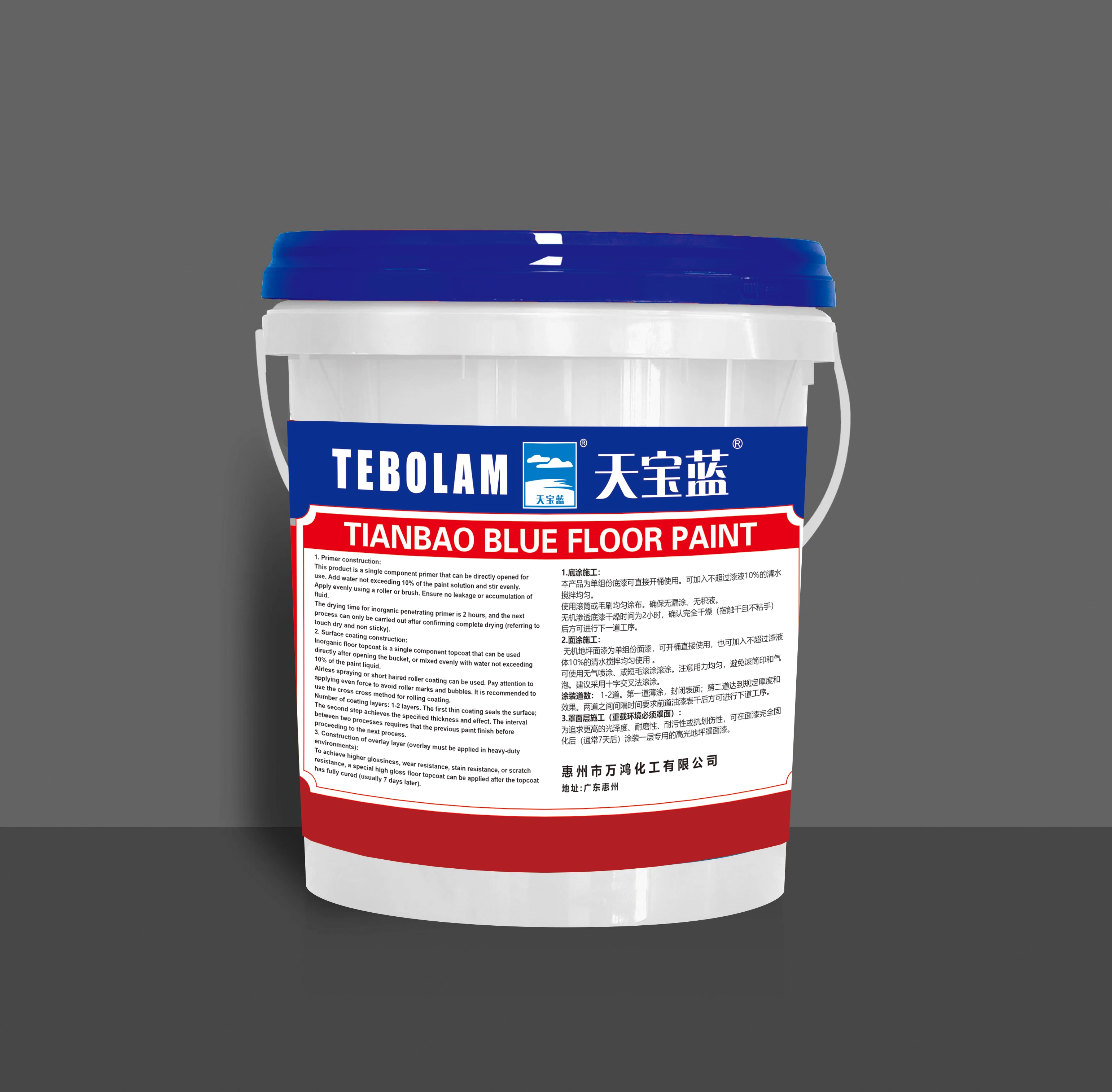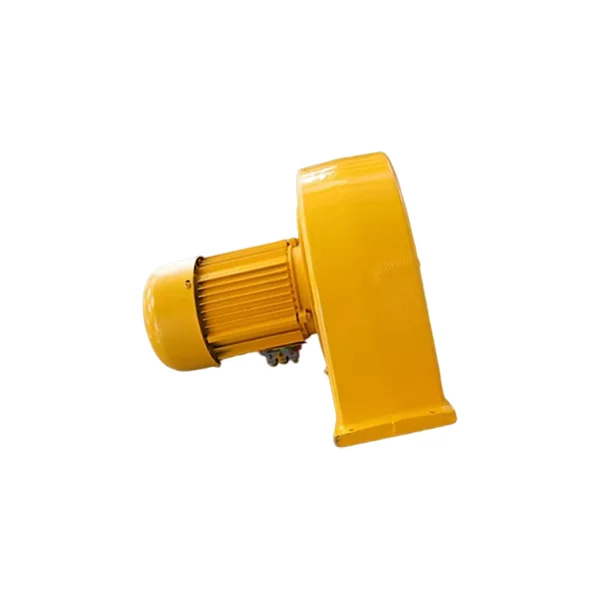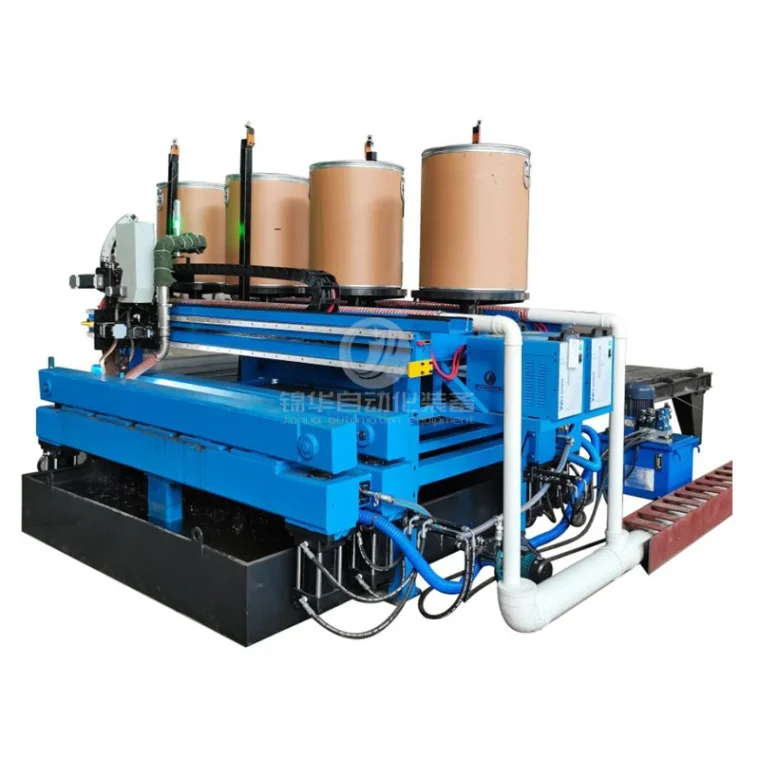Exterior wall cladding plays a crucial role in enhancing the aesthetics, durability, and energy efficiency of a building. Whether you are a homeowner or a professional contractor, understanding the intricacies of installing exterior wall cladding is essential. In this comprehensive guide, we will delve into the step-by-step process, materials, and techniques required to achieve a flawless installation.
- Assessing the Project:
Before embarking on any exterior wall cladding installation, it is vital to conduct a thorough assessment of the project. This includes evaluating the existing wall condition, identifying potential moisture issues, and determining the suitable cladding material based on the climate and architectural style. - Selecting the Right Cladding Material:
There is a wide array of cladding materials available, each with its unique characteristics and installation requirements. From traditional options like wood and brick to modern alternatives such as fiber cement and metal panels, we will explore the pros and cons of each material, helping you make an informed decision. - Preparing the Wall Surface:
Proper preparation of the wall surface is crucial for a successful cladding installation. This section will guide you through the necessary steps, including cleaning, repairing any damages, and applying a weather-resistant barrier to prevent moisture infiltration. - Installing the Cladding:
The installation process varies depending on the chosen cladding material. We will provide detailed instructions for each material, covering essential aspects such as fastening methods, spacing, and alignment. Additionally, we will discuss the importance of incorporating proper ventilation and insulation to ensure long-term performance and energy efficiency. - Finishing and Maintenance:
Once the cladding is installed, attention to detail in finishing touches can elevate the overall appearance of the building. We will explore various finishing options, such as painting, staining, or applying protective coatings, to enhance the cladding's durability and aesthetics. Furthermore, we will provide maintenance tips to prolong the lifespan of the cladding and prevent common issues like fading, warping, or mold growth.
Conclusion:
Installing exterior wall cladding requires a combination of technical knowledge, meticulous planning, and skilled execution. By following the comprehensive guide provided in this article, you will be equipped with the expertise to undertake a successful cladding installation project. Remember, proper installation not only enhances the visual appeal of your building but also protects it from external elements, ensuring its longevity and value.





